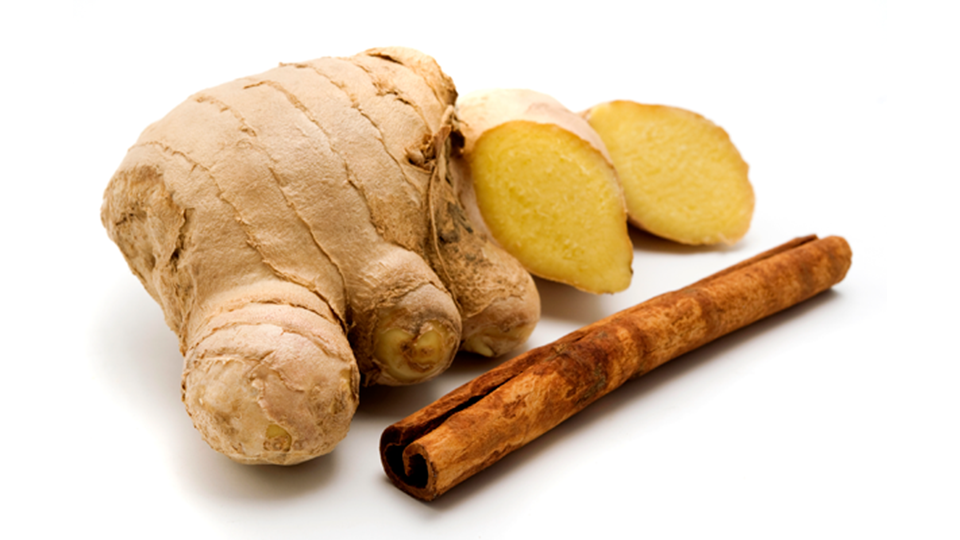Natural Alternatives to Narcotics for Chronic Pain
Consider these natural alternatives, including CBD oil and IGF-1, to help fight chronic pain.
Q: My doctor told me the only way to control pain is with narcotics. Is that true?
-Sam B., Shreveport, La.
A: No! Although narcotics have a long history of use, there are many other effective ways to manage pain that do not create dependency.

Originally, narcotic drugs were developed to alleviate pain in patients who had six months or less to live. Why? Because narcotics do nothing to heal the cause of the pain. Instead, they create another monster: raging addiction. About a decade ago, dentists began to give OxyContin to teenagers after they had their wisdom teeth taken out. Please do your part to stop this unnecessary practice. In my opinion, the only reason someone younger than age 25 should receive a prescription for narcotics is if they are suffering from pain related to terminal cancer.
Pain Relief Basics
First off, if you smoke, quit. Smoking absolutely provokes pain. Then, to alleviate pain, you must reduce inflammation, stimulate natural endorphins, maintain a positive attitude, get enough sleep, stay well hydrated, and take personal responsibility for your health and well being. Here’s how:
1. Anti-inflammatory diet. In general, this means cutting back on animal products-eat less red meat, chicken, and cheese, and avoid ice cream and milk altogether. Wild fish is a great protein source because of its omega-3 fatty acids, which reduce inflammation. Also beneficial for relieving pain are highly pigmented foods, including tomatoes, pumpkins, squashes, greens, berries, and healing spices such as turmeric, cinnamon, cayenne, and ginger. Build your meals around fresh produce, which should comprise 50 percent or more of your total food intake.
In a nutshell, eat lots of produce and lean, high-quality proteins-including plant-based proteins. Cut down on the carbs. And avoid processed food, which is wrapped in plastic and full of chemicals such as health-robbing glutamate, carrageenan, and aspartame.
2. Drink pure water and herbal teas. Forget about fancy coffees, wine, sodas, and other liquids packaged in plastic or aluminum. You don’t need them! Stick with water, or a soothing chamomile tea.
3. Boost IGF-1. Many patients suffering from chronic pain have low insulin-like growth factor (IGF-1). Some experiments with IGF injections have proven helpful, but there are side effects. The other option for raising IGF-1 is exercise. At peak aerobic capacity, both IGF-1 and HGH (human growth hormone) are stimulated. Eccentric movement seems best: big steps going uphill; baby steps going down.
4. Try topical and trigger point therapies. These include self-acupressure (called Do-in), acupuncture, B12 injections, deep-tissue massage, topical magnesium and/or arnica, mentholated patches, and hot and cold applications (always end on cold).
Myofascial release technique, a hands-on form of healing, can be extremely effective at eliminating pain and improving motion. To learn more, visit myofascialrelease.com. You can also find videos demonstrating this technique on You Tube.
Don’t forget about hand-held massage tools, from wood “footsie” rollers to compact rubber balls. All of these can help reduce pain.
5. CBD hemp oil. This non-hallucinogenic cannabinoid from hemp is my favorite pain reliever. It’s non addictive and completely legal. Hemp is a medicinal weed that has served humans in numerous capacities (e.g., animal feed, vegetable protein, rope, cloth, oil, medicine) for thousands of years.
CBD is effective at reducing pain, anxiety, insomnia, obsessive-compulsive tendencies, and even epileptic seizures. In general, fairly low doses (e.g., 10-15 mg every 4-6 hours) are enough for treating anxiety. For insomnia, use 10-50 mg at bedtime (do not exceed 50 mg). For pain relief, you will need to experiment with the dosage: start with 10-15 mg in the morning, then take 10-15 mg every 4-6 hours, as needed.
[Editor’s note: For best results, consult a naturopathic physician if you are interested in trying CBD oil. Visit naturopathic.org to find a practitioner in your area.]